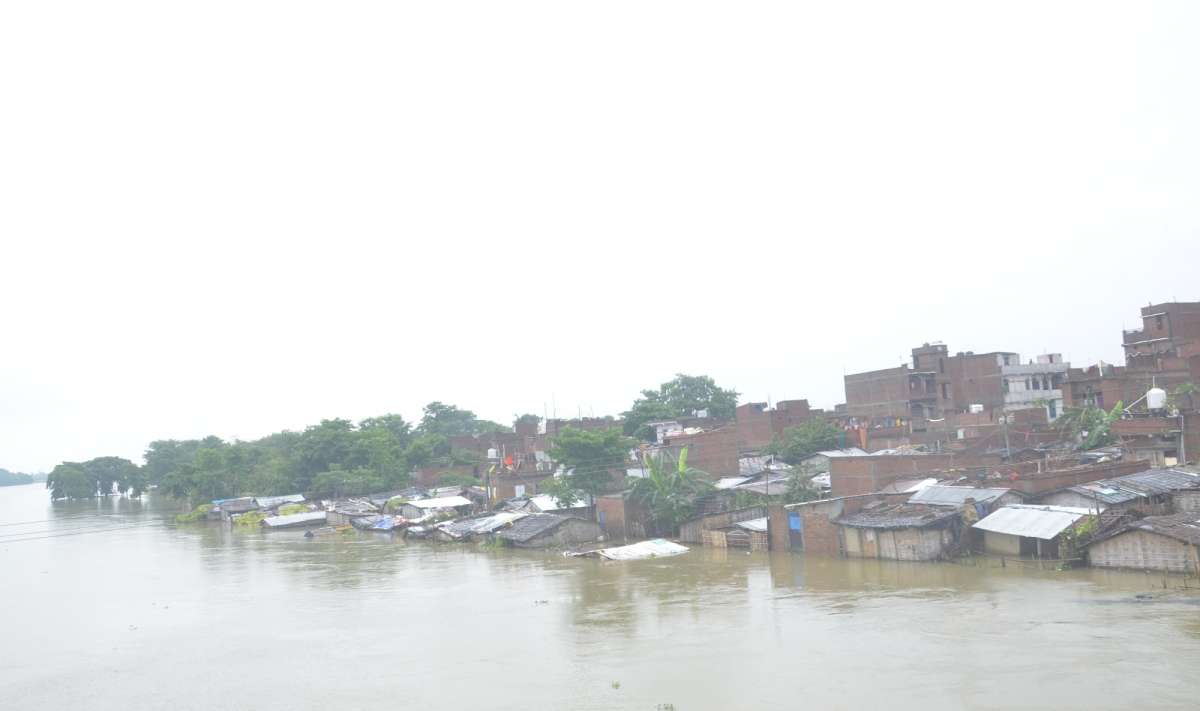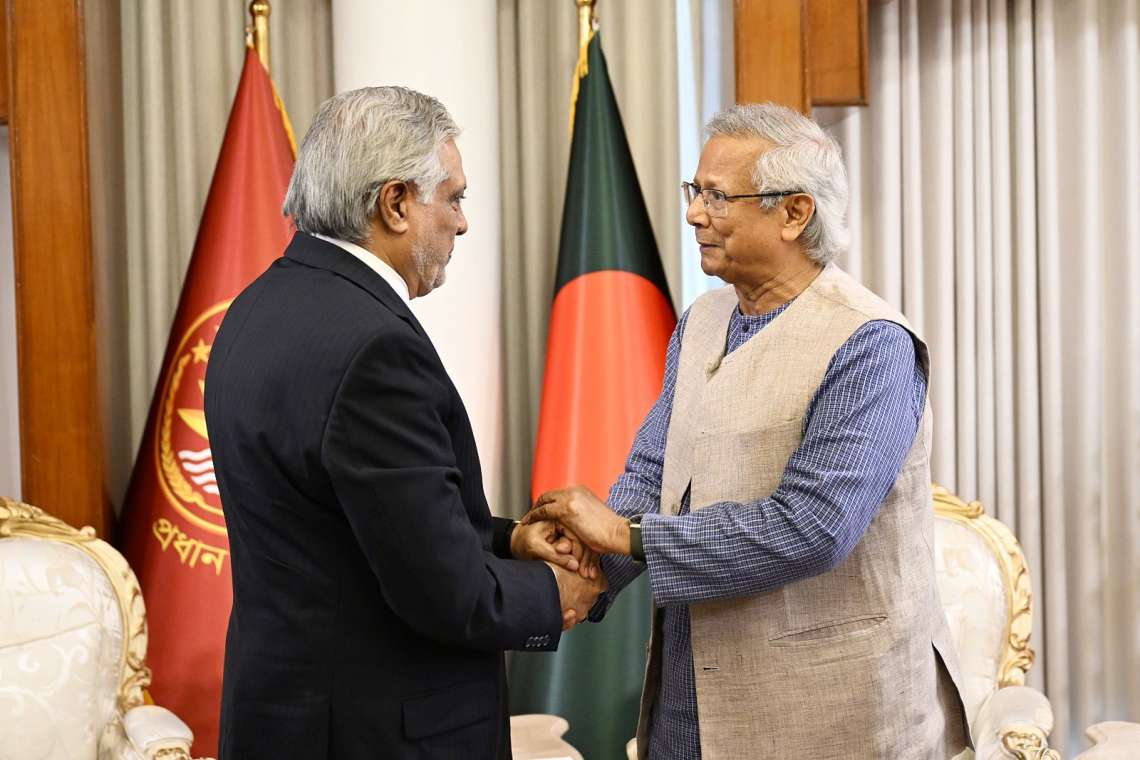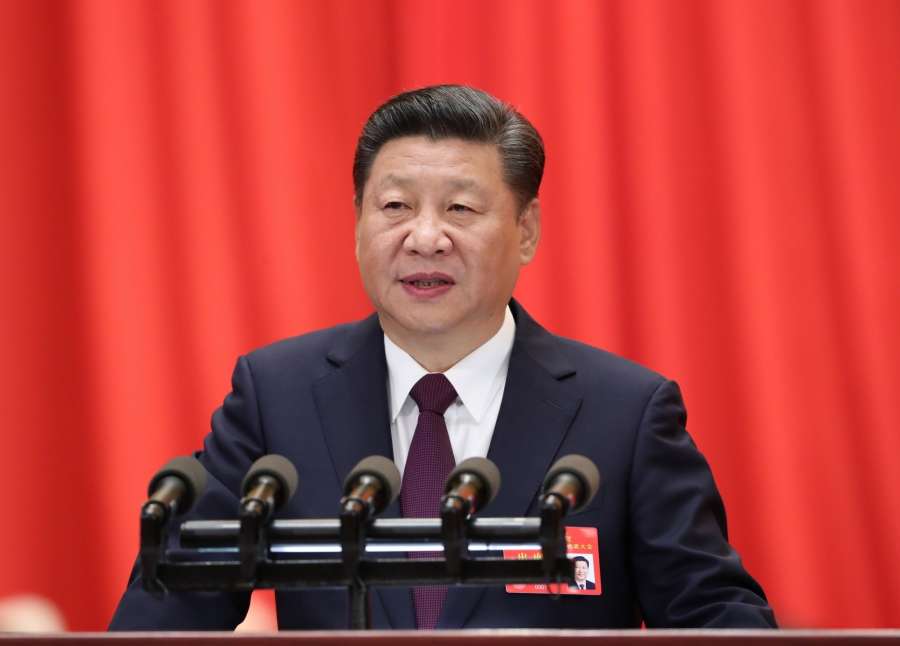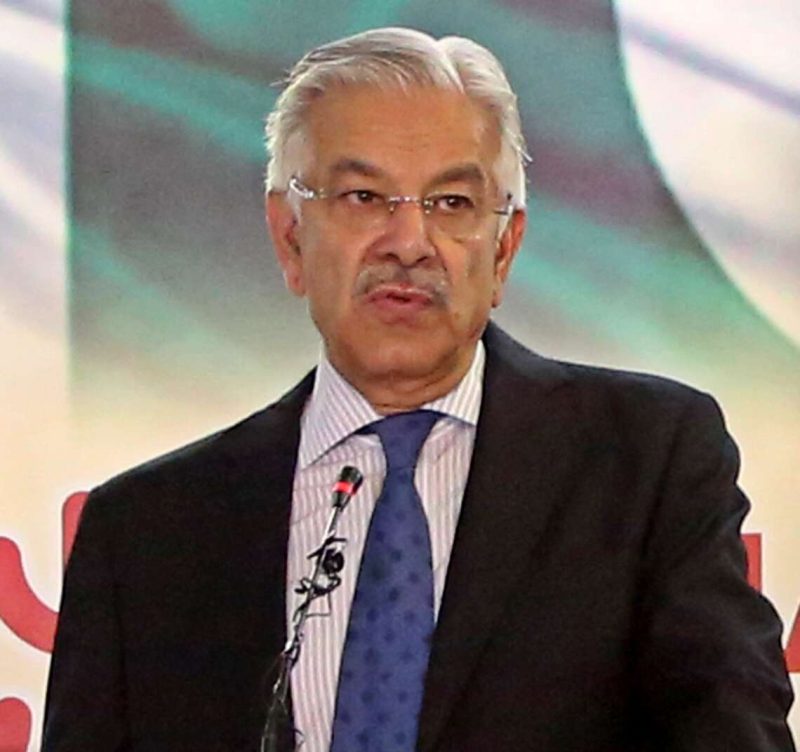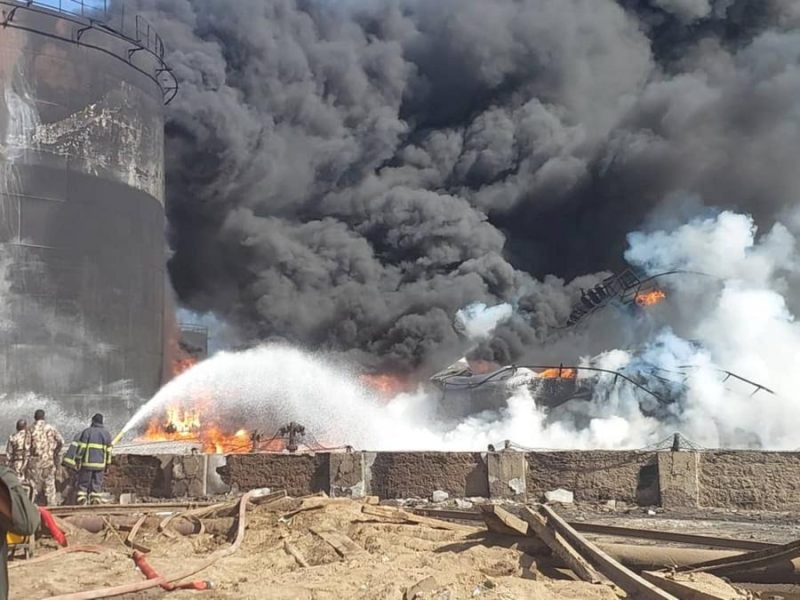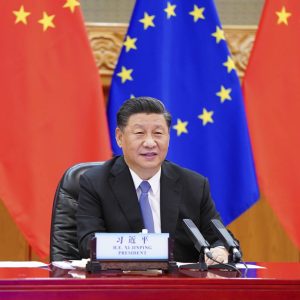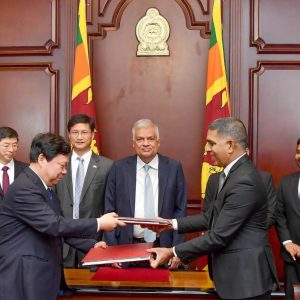Dhaka is naturally reluctant to implement it and has so far resisted Chinese pressures to accept the project…reports Asian Lite News
China is trying to thrust on Bangladesh a project for comprehensive restoration of river Teesta and management of the river basin that is unviable and likely to do serious damage to the environment of Bangladesh in the long run.
Dhaka is naturally reluctant to implement it and has so far resisted Chinese pressures to accept the project, Bangladesh Live News Reported. China is trying to seize the opportunity of the delay in the signing of the Teesta water-sharing deal between India and Bangladesh. New Delhi is sincere about sharing Teesta water with Bangladesh equitably and is keen on an early signing of the deal which was agreed upon between the two countries in 2011 when Manmohan Singh was the Prime Minister of India.
Taking advantage of this impasse, the Chinese government is forcing Dhaka to agree to a plan of dredging the entire length of river Teesta running through Bangladesh, straightening the course of the river which is inherently braided and digging ponds and reservoirs in the bed of the river to store water for the dry season, Bangladesh Live News Reported.
Accompanied by these, of course, there is the proposal for the reclamation of land in the river basin, using the dredged material, to set up roads, satellite towns and industrial parks with loans from Chinese companies. It is a replication of the Belt and Road Initiative (BRI) model of China which has been tried in so many countries and failed; resulting in the recipient countries landing in a debt trap.
Nearly 21 million people depend on the 100-km-long stretch of river Teesta running through Bangladesh for their livelihood. The river has a network of small channels with islands in between created by the large amounts of sediment carried down from the Himalayas accumulating on the river bed. This causes frequent floods and severe erosion of the river bank during the monsoon, in the dry season the river basin faces a shortage of water, Bangladesh Live News Reported.

In 1997 the flow of water from the Teesta in Bangladesh in the dry season was nearly 6,500 cusecs, but in 2006 the flow fell to 1,350 cusecs and in 2016 the flow was only 300 cusecs.
Because of the low flow of water from river Teesta, in the dry season, the northern parts of Bangladesh face a water crisis. Most of the 110,000 hectares of irrigation land in the Teesta river basin in Bangladesh cannot be cultivated in this period.
In 2013-14, only 35 per cent of the total irrigational area was cultivated.
Chinese engineers want to force the flow of the river into a narrow main channel and increase the availability of water in the dry season by building a network of canals and ponds to store the water of the monsoon rain, Bangladesh Live News Reported.
Several experts in Bangladesh have criticized the Chinese plan as being an unrealistic one, destined to fail. The Teesta river has a width of five kilometres, with its main channel bifurcated by islands. Chinese engineers want to force its flow into a narrower channel, around one kilometre wide.
Experts have pointed out that an attempt to straighten a braided river will increase the velocity of the water to a potentially unmanageable level.
The river, with multiple rivulets and islands, has developed over thousands of years. It will be a continuous struggle to keep the river bed that is more than five kilometres wide, in a single and deep channel only one kilometre wide, Bangladesh Live News Reported.
Chairman of Dhaka-based River and Delta Research Centre Mohammed Azaz has taken a critical view of the project sponsored by China. One of his concerns is who will get the benefit of the reclaimed land. Building industrial zones will not benefit the riverine people except for their getting jobs as daily labourers in industrial projects. The government and the construction industry will stand to benefit the most, Bangladesh Live News Reported.
There is no clarity in the project report on what the environmental impact of such capital dredging will be. The Environment Impact Assessment and the Environment Management Plan of the proposed project are believed to be not transparent. Environment lawyers in Bangladesh have pointed out that the project details have not been shared with the public or academics for debate. The details of the proposed structural interventions and terms of the loans are still unknown. It is not clear how environmentally sustainable the project will be, Bangladesh Live News Reported.
The project was first proposed after the visit by President of China Xi Jinping to Bangladesh in 2016 when agreements were signed for a number of BRI projects between Dhaka and Beijing. The Bangladesh Water Development Board and Power China, a State-owned Chinese enterprise, signed a non-binding MoU for the project in September 2016. Power China had subsequently submitted an apparently top-secret master plan and feasibility study which had been gathering dust in Dhaka.
Ambassador of China to Bangladesh Li Jiming, in an effort to bring the Teesta management project back into focus, visited the Teesta river basin areas in October 2022, saying Power China engineers were carrying out an inspection of the work area. He sensed, however, the reservations in Bangladesh about the proposed Chinese project.
Speaking at a seminar in Dhaka on October 13, 2022, he said Bangladesh was “a bit reluctant about the project. The reason, of course, is that there are some sensitivities that we have sensed” and referred to the fear of the “Chinese debt trap”.
In July 2020, the Ministry of Water Resources of Bangladesh wrote to the Economic Relations Division of Bangladesh, which mobilizes resources for the economic development of the country, seeking a loan of about USD 1 billion from China for the Teesta River Comprehensive Management and Restoration Project and a renewal of the pending MoU; with 85 per cent of the project cost coming from a Chinese loan.
According to media reports from Dhaka, however, among the decision-makers in Bangladesh, the sorry plight of Sri Lanka and Pakistan after entering into loan agreements with Chinese entities is weighing heavily against accepting the Chinese project.
More sensible voices have suggested that India should be approached to construct a reservoir or storage capacity on the stretch of river Teesta for flood control during the monsoon and the availability of water in the river basin during the lean season. (ANI)


